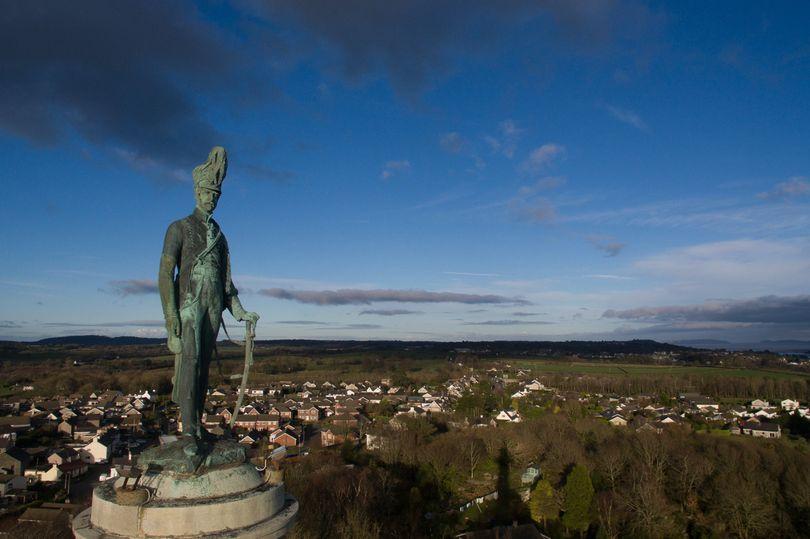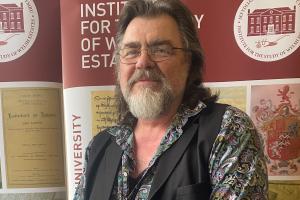Full Project Title: 'Memorials to the Napoleonic Wars: A study of how Britain and Ireland memorialised its involvement in the Revolutionary & Napoleonic Wars (1792 – 1815)'
Doctoral Researcher: Peter Crosby
Supervised by: Dr Lowri Ann Rees and Dr Karen Pollock
This project emerged from two events. The 2014-2018 centenary of ‘The Great War’, and an ISWE undergraduate internship (2019) on behalf of the ‘The Anglesey Column Trust’. The latter’s broad brief was to research the history of ‘The Marquess of Anglesey’s Column’. Juxtaposed, these events led to reflections on the symbolism, meaning and purpose of memorials, e.g., the seemingly celebratory nature of the Napoleonic Monuments compared to the funereal nature of ones for ‘The Great War’. There is a body literature, popular, antiquarian, and academic, dedicated to both First and Second World War memorials, but not so much has been written about older ones or other related public works.

These reflections have provoked questions, e.g.,
- How, why, and when were memorials developed?
- Who built them?
- What was their function, purpose and significance, and relevance to their builders?
- Has this changed over time, if so, how, and why, and what is their function now?
- How long does a memorial remain relevant?
- Are memorials truly important national symbols that define identity or are they largely just insignificant ‘street furniture’?
- How are they related to perceptions of the development and demise of Britain, its Empire and identity?
- What can they tell us about the societies and people that built them?
From early research, it can be deduced that building memorials to the Napoleonic conflicts represented something different in British culture. The choice of memorials was seen by some contemporary commentators as unusual. Also, there are indications that historic public artworks do not have a fixed meaning, and as societies develop so the significance, importance, and purpose of existing monuments changes. Some monuments become imbued with a special significance, for national or regional identity, never conceived by their commissioners and builders. Some have become the focus for protests, and acts of iconoclasm, however, the fate of most is to become familiar furniture in the urban or rural landscape, their original intention and purpose mostly obscured by time.
In 2020 the murder of Mr George Floyd’s in the U.S.A. provoked a backlash of protest around the World. Some of the outrage at this atrocity targeted statutes, and other civic artworks perceived to have links to the oppression of Black people. The wider fallout from this tragedy has been to bring into focus activities called ‘the culture war’. This research is not going to explore these matters fully, but equally it cannot ignore that a vociferous and divisive debate is going on in the press, and other media, about the past, what has been commemorated, and should, or should not, be memorialised.

